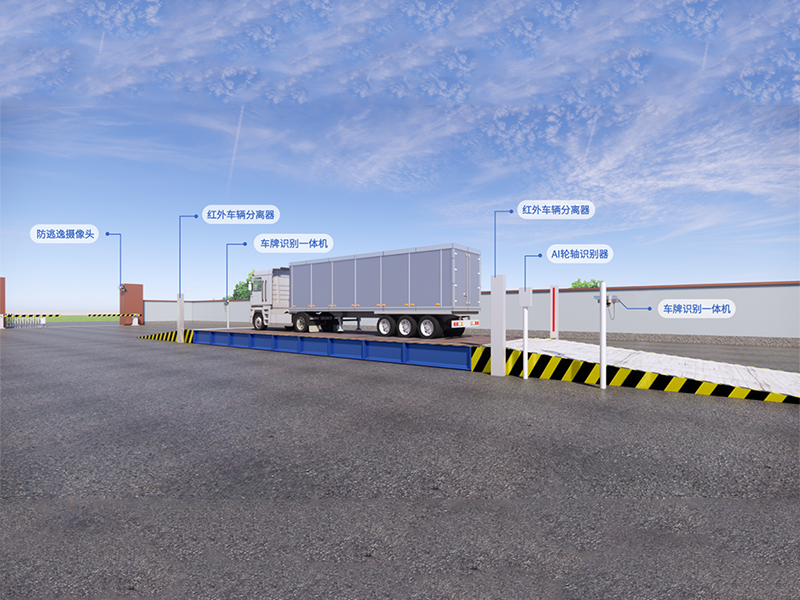The Biden administration thinks it can preserve America’s technological primacy by cutting China off from advanced computer chips. Could the plan backfire?
The Nvidia H100 Tensor Core GPU is used for large-scale A.I., high-performance computing and data-analytics workloads. Credit... Photo illustration by Grant Cornett for The New York Times Qualisys Mocap Technology

Last October, the United States Bureau of Industry and Security issued a document that — underneath its 139 pages of dense bureaucratic jargon and minute technical detail — amounted to a declaration of economic war on China. The magnitude of the act was made all the more remarkable by the relative obscurity of its source. One of 13 bureaus within the Department of Commerce, the smallest federal department by funding, B.I.S. is tiny: Its budget for 2022 was just over $140 million, about one-eighth the cost of a single Patriot air-defense missile battery. The bureau employs approximately 350 agents and officers, who collectively monitor trillions of dollars’ worth of transactions taking place all around the world.
Open this article in the New York Times Audio app on iOS.
During the height of the Cold War, when export controls to the Soviet bloc were at their strictest, B.I.S. was a critical hub in the Western defenses, processing up to 100,000 export licenses annually. During the relative peace and stability of the 1990s, the bureau lost some of its raison d’être — as well as staff and funding — and licenses shriveled to roughly 10,000 per year. Today, the number is 40,000 and climbing. With a sprawling trade blacklist known as the entity list (currently 662 pages and counting), numerous pre-existing multilateral export-control agreements and ongoing actions against Russia and China, B.I.S. is busier than ever. “We spend 100 percent of our time on Russia sanctions, another 100 percent on China and the other 100 percent on everything else,” says Matt Borman, the deputy assistant secretary of commerce for export administration.
In recent years, semiconductor chips have become central to the bureau’s work. Chips are the lifeblood of the modern economy, and the brains of every electronic device and system, from iPhones to toasters, data centers to credit cards. A new car might have more than a thousand chips, each one managing a different facet of the vehicle’s operation. Semiconductors are also the driving force behind the innovations poised to revolutionize life over the next century, like quantum computing and artificial intelligence. OpenAI’s ChatGPT, for example, was reportedly trained on 10,000 of the most advanced chips currently available.
With the Oct. 7 export controls, the United States government announced its intent to cripple China’s ability to produce, or even purchase, the highest-end chips. The logic of the measure was straightforward: Advanced chips, and the supercomputers and A.I. systems they power, enable the production of new weapons and surveillance apparatuses. In their reach and meaning, however, the measures could hardly have been more sweeping, taking aim at a target far broader than the Chinese security state. “The key here is to understand that the U.S. wanted to impact China’s A.I. industry,” says Gregory C. Allen, director of the Wadhwani Center for A.I. and Advanced Technologies at the Center for Strategic and International Studies in Washington. “The semiconductor stuff is the means to that end.”
Though delivered in the unassuming form of updated export rules, the Oct. 7 controls essentially seek to eradicate, root and branch, China’s entire ecosystem of advanced technology. “The new policy embodied in Oct. 7 is: Not only are we not going to allow China to progress any further technologically, we are going to actively reverse their current state of the art,” Allen says. C.J. Muse, a senior semiconductor analyst at Evercore ISI, put it this way: “If you’d told me about these rules five years ago, I would’ve told you that’s an act of war — we’d have to be at war.”
We are having trouble retrieving the article content.
Please enable JavaScript in your browser settings.
Thank you for your patience while we verify access. If you are in Reader mode please exit and log into your Times account, or subscribe for all of The Times.
Thank you for your patience while we verify access.
Already a subscriber? Log in.

WIM Traffic Sensor Want all of The Times? Subscribe.